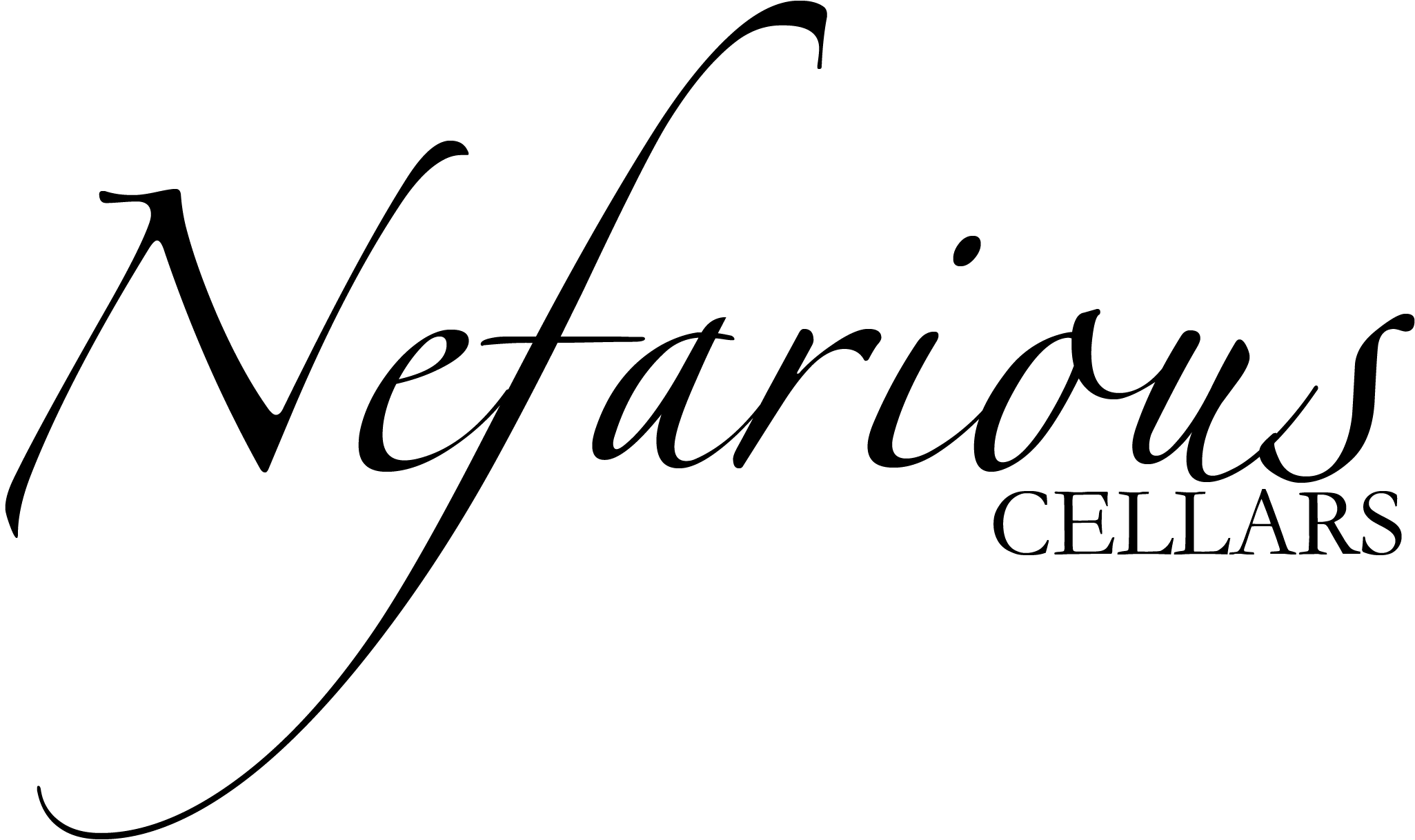HOW TO BUILD YOUR WINE TASTING SKILLS
How to build your wine tasting skills
Whether you have been drinking wine for years or you just started, learning to be a great taster is a different skill than just enjoying a glass of wine. And regardless of the information that you have (or haven’t) accumulated, there is a method to build your wine tasting skills.I have been asked the questions many times. Where do I start? And the answer is with small steps. And a plan.
Begin with one wine to build your wine tasting skills.
It is much easier to become accomplished at something when you narrow the field. Don’t set out to conquer the world. Instead, pick one variety and one region. Work to become an “expert” with that first. For example, I started my career working in the Willamette Valley and it was pinot noir every day. In hindsight, I realize what a gift that was. I spent two years tasting the same grape, from the same basic area, but made by many winemakers. To this day it is my favorite variety and the one I understand the best. Now I am not saying you should put in that much time on one thing. But pick something and attempt to work through a dozen or so different producers. Hint: make this grape your go-to house wine for a while.
Let me give you a few places to start.
Syrah from Washington State
Sauvignon Blanc Marlborough (New Zealand)
Malbec from Argentina
All of the wines above have lots of flavors and give you plenty to think about while still being easy to enjoy.
Use the “Refrigerator” method.
This is a term that I started using right after I got into wine professionally. We are all exposed to the flavors and aromas of food every day. The thing is that we aren’t always mindful of it. Start paying attention to the fruits, vegetables, and spices in your everyday life. All wines have an element of fruit when you smell and taste them. It is so much easier to pick them out when you can recognize them. They often incorporate vegetable, herbal, and spice notes too. The challenge of identifying those will never go away if you choose to improve your wine tasting skills. Let your refrigerator help you. Pay attention to what’s in there!
Use the same process every time you taste.
Call that your method. When you approach a wine, begin by smelling it. You can start with a gently swirling of the glass, if you want, to release some of the aromas. Then try to pull out one or two words that describe what you smell. Remember your refrigerator now. Is there anything that is familiar there for you? Without visiting the wine fragrance too many times, move on to the tasting. Look for more familiar flavors as you are enjoying the wine. Can you think of anything there? Does something pop out to you? This can be a really challenging thing at first, but remember this is just a skill to learn. And you can do this! Practice is the key to getting better at finding aromatics and aromas.
Know how to put the puzzle pieces together.
Understanding wine is just really about knowing what the puzzle pieces are, which ones you need, and how they fit together.All white wines have an element of citrus. When you are smelling and tasting them, try to identify if you find lemon, lime, orange, tangerine, or grapefruit. Make this the first place you start and build your wine tasting skills to add other flavors as you practice tasting wines.
Both white wines and red wines have elements of fruit.
White wines may show green fruits, tree fruits, stone fruit, tropical fruit. Green fruits could be green apple or gooseberry. Tree fruits things like pear and apple. Stone fruits are nectarine and peaches. And I bet you can guess tropical fruits, such as pineapple, mango, and banana. The fruits to look for in red wines are just a little bit different. They range from red to blue to black and then dried. Examples are strawberry and raspberry. Blueberries and boysenberry. Black cherry and plum. Dried fruits could be something like fig or raisin. Every kind of wine has a set of flavors that are typical for its variety. Let’s go back to sauvignon blanc, maybe this time from New Zealand. Classic flavors and aroma are fresh cut grass, gooseberry, melon, pear. The more notes you take about a certain variety of wine, the more familiar you will become with it’s set of smells and tastes. Over time, that is how you improve your wine tasting skills. You have the experience of knowing what a wine should taste like. And as you go on, it becomes easier to identify the kind of wine.
Writes notes for yourself.
This may start to feel like homework. Keep a journal when you are working on your wine tasting skills for education. That isn’t to say you should carry this around with you everywhere you have a glass of wine. But when you are choosing to concentrate on what you are tasting, make this a habit. Wine is really about context. The more that you can accumulate, the easier it all becomes. Most importantly, though, remember that this is more of a journey than a destination. The pleasure of this endeavor is what you experience along the way. Don’t forget to have fun! And be patient. All skills worth having take time and a lot of effort. The reward comes with improvement.

